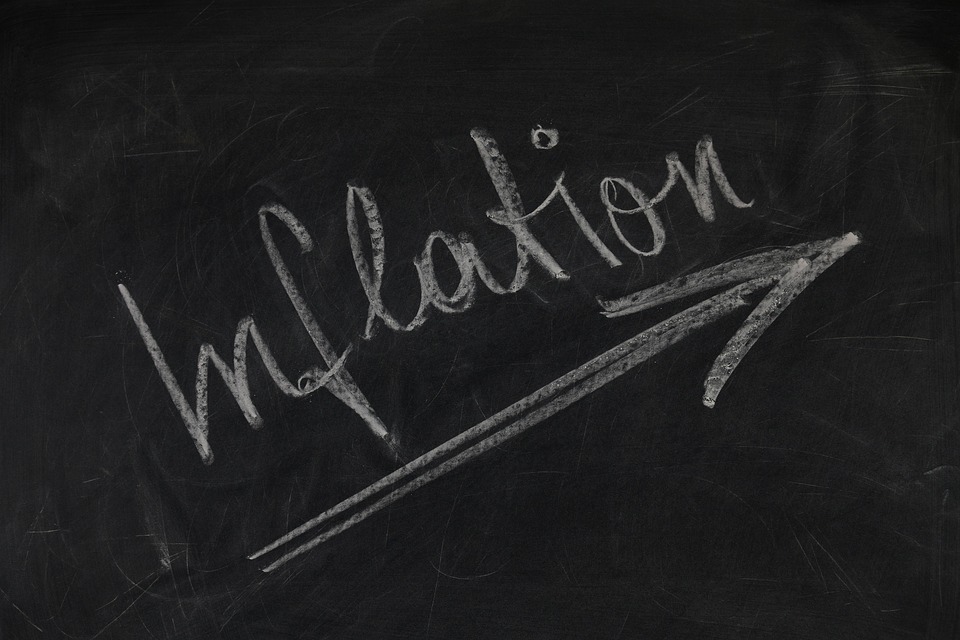Goolsbee Vs. Summers

Bloomberg has a couple of articles today where prominent economists respond to today’s strong jobs report. Here is Chicago Fed president Austin Goolsbee:
Federal Reserve Bank of Chicago President Austan Goolsbee lauded the strong September jobs report but warned of putting too much stock in one month’s data, adding that there are risks that inflation might undershoot the central bank’s 2% target.
“This jobs number today, and the whole report, is a superb report,” Goolsbee said Friday in an interview with Bloomberg Television’s Michael McKee.
And here is Larry Summers:
Former Treasury Secretary Larry Summers said the Federal Reserve’s decision to cut interest rates last month was a mistake after new data showed that US job growth last month topped all estimates.
“With the benefit of hindsight, the 50 basis point cut in September was a mistake though not one of great consequence,” Summers, a paid contributor to Bloomberg TV, said in a post on X.
Nonfarm payrolls increased 254,000 in September, the most in six months. The unemployment rate fell to 4.1% and hourly earnings increased 4% from a year earlier, according to Bureau of Labor Statistics’ figures released Friday.
I’m with Summers. While it’s true that inflation might briefly undershoot the 2% target, that would likely be due (if it occurs) to positive supply shocks. The Fed should focus on demand-side inflation and all the evidence I see points to continued strong growth in NGDP and nominal wages. It is not true that “the whole report, is a superb report.” Twelve-month nominal wage growth accelerated to 4%, which is too high. We need further monetary restraint to get price inflation sustainably down to 2%.
I think Summers is correct that a smaller rate cut would have been better, and also that the mistake was probably not very consequential. If the Fed is making a serious mistake (and it’s too soon to reach that conclusion), it would likely be due more to excessively expansionary forward guidance than to setting Fed funds target 0.25% too low at a single meeting. For the moment, I’m willing to give them the benefit of the doubt, as most of the market-oriented forward indicators look pretty good. It’s clear, however, that the mini-panic about the labor market that occurred a couple of months ago was premature. We were not teetering on the edge of recession.
In my view, both Fed hawks and Fed doves make the same mistake, responding asymmetrically to supply shocks depending on whether or not the implications support their policy preference. Thus doves tend to correctly discount inflation surges driven by reductions in aggregate supply while ignoring the significance of inflation declines driven by increases in aggregate supply. The hawks make the opposite mistake. Recently, the aggregate supply situation has been quite good, resulting in a headline inflation rate that is lower than the core inflation rate (and also lower than predicted from NGDP growth, or nominal wage growth.) That’s not likely to last.
The only “flexible average inflation targeting” regime that works in the long run is stable NGDP growth, at roughly 4%. We aren’t there yet, but the Fed has made substantial progress since the very high inflation of 2022.
More By This Author:
What Ails The Anglosphere?Why sanctions often fail to work
Cochrane On Interest Rates And Exchange Rates



